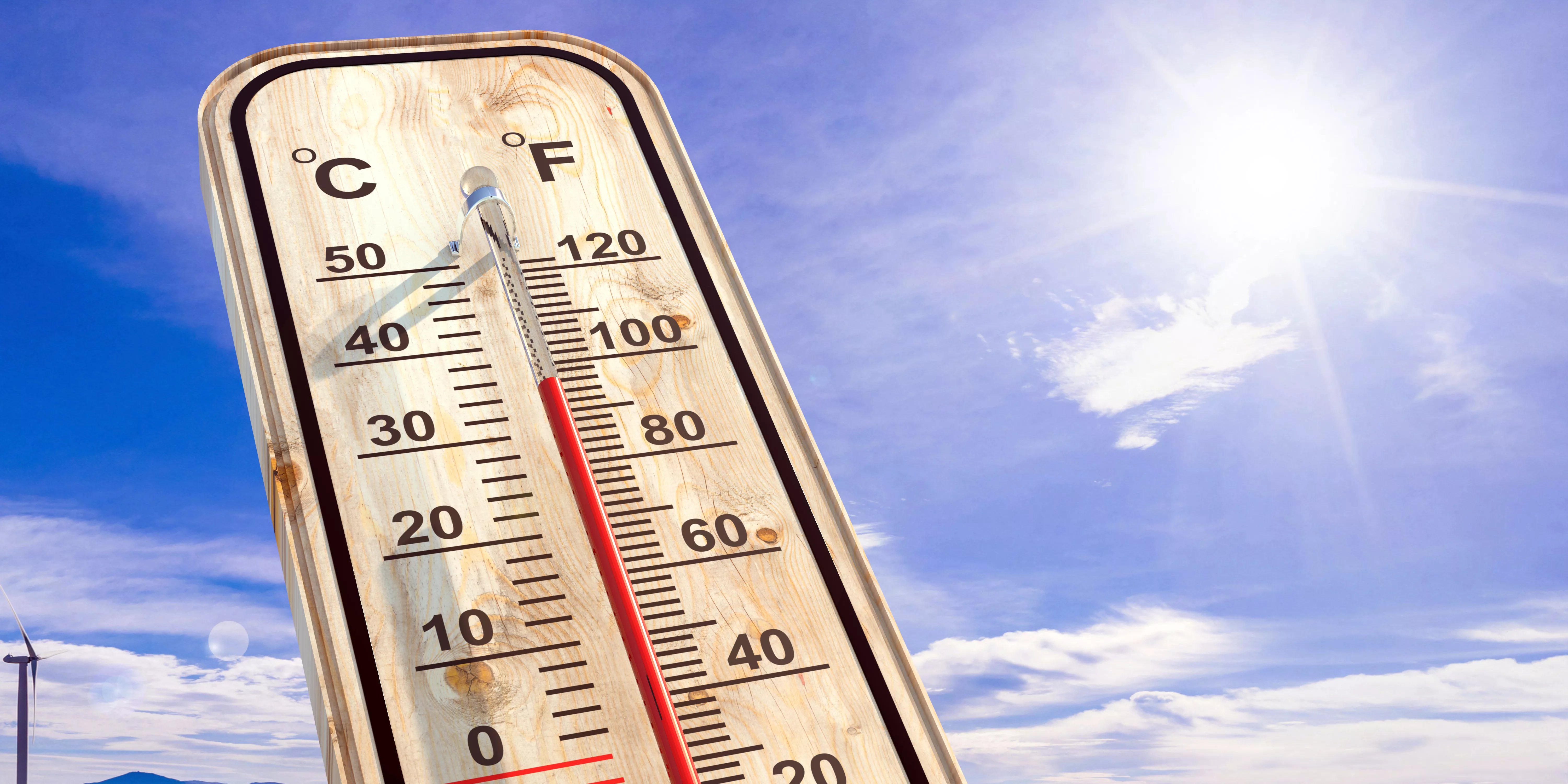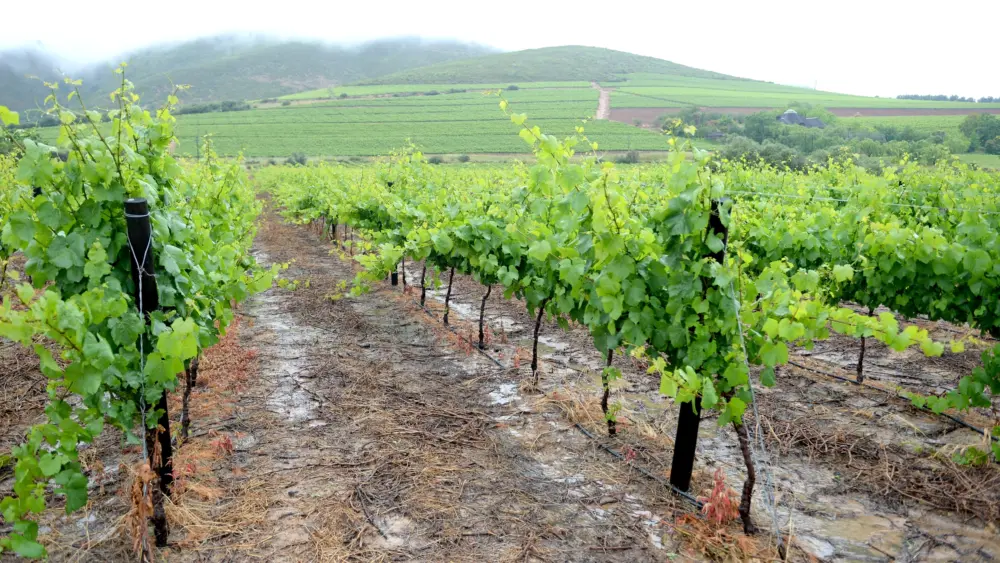
The 2023 grape season in Northern California’s vineyards is underway, with winemakers and vineyard managers preparing to closely monitor the crucial stage of grape maturation: véraison. This pivotal phase that marks the onset of grape ripening is vital for determining the quality and character of the vintage’s wines. However, this year presents unique challenges that could disrupt véraison within NorCal vineyards.
Véraison typically occurs in wine grapes during the summer months, usually between late July and early September, depending on the grape variety and the specific microclimate of the vineyard. It is a critical phase in the grapevine’s annual growth cycle, signaling the transition from the fruit-development phase to the ripening phase.
Weather conditions, always a defining factor in viticulture, cast uncertainty over this year’s ripening process. Recent cooler-than-average temperatures have raised concerns that véraison might be delayed or disrupted. Later-ripening grape varieties such as pinot noir, merlot and cabernet sauvignon are particularly susceptible to setbacks caused by adverse weather during véraison. Vineyard managers are keeping a close eye on these varietals, drawing parallels to the challenging 2011 growing season that severely affected pinot noir yields. However, this year’s vine development, influenced by earlier, warmer spring temperatures compared to 2011, could actually end up aligning more closely with the successful 2019 season.
Given the wet winters, warm spring and cool, damp start to the summer, the NorCal wine industry remains cautiously optimistic. Most wineries, however, are adopting a wait-and-see approach, closely monitoring the crop size and véraison as determining factors for grape purchases. While purchases of major grape varieties from Napa County’s and Sonoma County’s chardonnay have seen increased activity in the opening months of the year, demand for sauvignon blanc has slowed.
Adapting to ever-changing conditions
The NorCal wine industry has faced numerous challenges in recent years. Multiple natural calamities have affected the region, from wildfires to labor shortages brought by the pandemic. The 2023 grape season holds high stakes for many wineries that strive to recover from past challenges. The 2020 vintage, in particular, was marred by devastating wildfires, resulting in lost crops and overall declines in harvested grapes from “normal” years. After experiencing one of the largest wine-grape crops on record in 2019, these setbacks were particularly discouraging.
The 2023 bloom was delayed by nearly two weeks compared to previous seasons and more than 20 days behind drought-impacted seasons. These delays have heightened concerns about a potentially cooler and later season, necessitating adjustments in vineyard-management strategies. Vineyard owners are spending extra capital to perform additional thinning measures and have retained cover crops in the vine rows longer to help soak up excess soil moisture. This approach is very different from even last year when drought conditions had many vineyardists removing vegetation early to retain water in the soil.
In response to all of these challenges, vineyard owners in Northern California are implementing innovative strategies to monitor risks. They are investing in advanced weather-monitoring systems, drones and satellite imagery, and data-analysis tools to better anticipate and manage weather-related threats. In particular, normalized difference vegetation index (NDVI) models have become ubiquitous, cost-effective and indispensable tools for determining water-stressed or diseased vines. These technologies enable vineyard managers to make informed decisions regarding irrigation, canopy management and disease prevention.
In Mother Nature’s hands
The spirit of cooperation prevails within the industry. Vineyard managers are engaging in collaborative discussions, sharing resources, and staying informed about the latest advancements in viticulture and climate resilience. This collective approach bolsters the region’s reputation for producing consistently exceptional wines, even in the face of adversity.
The challenges of past years and the uncertainties of the current season underscore the importance of adaptability and resilience. Weather conditions continue to wield significant influence over the outcome of the 2023 harvest. Proactive measures and technological advancements arm vineyard managers and winemakers with the means to navigate these challenges and seize potential opportunities.
Ultimately, however, the yield of this season lies in Mother Nature’s hands. Despite the challenges, hope springs eternal in Northern California’s vineyards as they adapt, innovate and prepare for the harvest, whatever it may bring.
Author
-

Tim Carl lives, writes and teaches in Calistoga. He grew up in St. Helena and traces his Calistoga grape-growing roots back five generations. You can reach him at tcarl@northbaybiz.com.
View all posts



